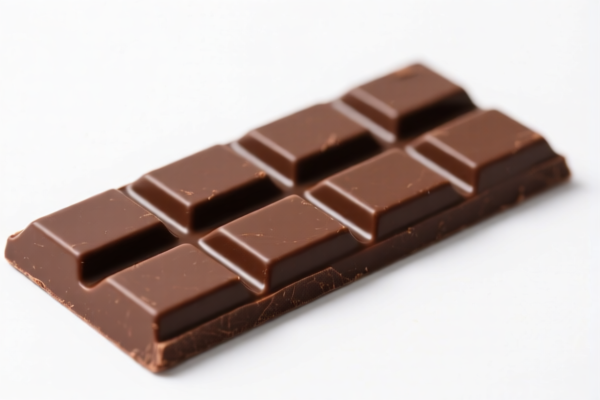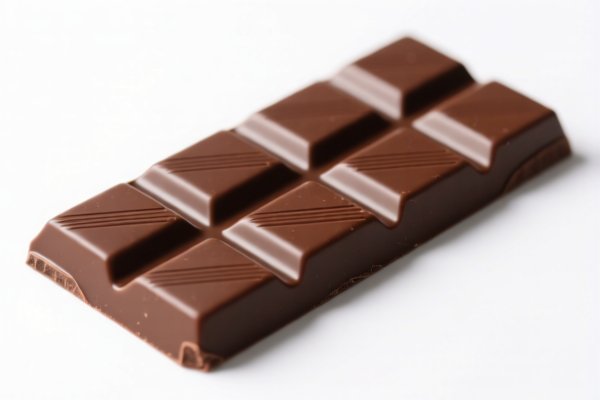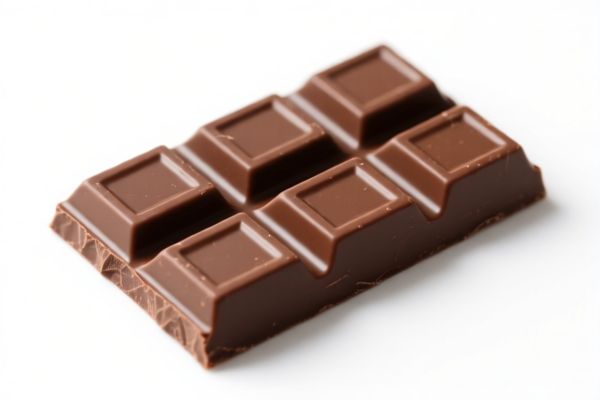| HS Code | Official Doc | Tariff Rate | Origin | Destination | Effective Date |
|---|---|---|---|---|---|
| 1805000000 | Doc | 0.52¢/kg+37.5% | CN | US | 2025-05-12 |
| 1806100500 | Doc | 37.5% | CN | US | 2025-05-12 |
| 1806904900 | Doc | 37.2¢/kg + 6%+30.0% | CN | US | 2025-05-12 |
| 1704909000 | Doc | 65.4% | CN | US | 2025-05-12 |
| 2106909997 | Doc | 36.4% | CN | US | 2025-05-12 |
| 2106909971 | Doc | 36.4% | CN | US | 2025-05-12 |
| 2104100060 | Doc | 40.7% | CN | US | 2025-05-12 |
| 2104100020 | Doc | 40.7% | CN | US | 2025-05-12 |




Chocolate Powder
Chocolate powder is a processed form of cacao solids, derived from cacao beans. It is a versatile ingredient used in a wide range of applications, primarily for flavoring and coloring.
Material & Production
The base material is the cacao bean, which undergoes fermentation, drying, roasting, and grinding. The resulting mass, cocoa liquor, contains both cocoa butter and cocoa solids. To produce chocolate powder, a significant portion of the cocoa butter is removed through a process called pressing.
Two main types of chocolate powder are produced, differing in processing methods:
- Natural Chocolate Powder: Cocoa liquor is ground into a powder and then processed with alkali. This process neutralizes the acidity, resulting in a milder flavor and darker color. It typically has a robust, more intense chocolate flavor.
- Dutch-processed Chocolate Powder: Cocoa liquor is treated with an alkalizing agent before grinding. This results in a smoother, less acidic powder with a lighter color and a more mellow flavor. It is more soluble in liquids.
Purpose & Function
- Flavoring: The primary purpose is to impart chocolate flavor to foods and beverages.
- Coloring: Provides a brown hue to recipes. The intensity of color varies based on the type of powder and processing.
- Texturizing: Contributes to the body and texture of certain products, particularly in baking.
- Nutritional Value: Contains antioxidants (flavonoids), fiber, and minerals like iron, magnesium, and potassium, though these levels vary depending on the processing and cacao bean origin.
Usage Scenarios
- Beverages: Hot chocolate, chocolate milk, smoothies, coffee flavoring.
- Baking: Cakes, cookies, brownies, muffins, breads, pastries.
- Desserts: Chocolate mousse, pudding, ganache, frosting.
- Confectionery: Chocolate bars, candies, truffles.
- Other: Savory sauces (e.g., mole), rubs for meats, seasoning blends.
Common Types
- Unsweetened Chocolate Powder: Contains 100% cacao solids; requires the addition of sweetener in recipes. Available in both natural and Dutch-processed varieties.
- Dark Chocolate Powder: Typically contains a higher percentage of cacao solids (70% or more) and may include a small amount of sugar.
- Milk Chocolate Powder: Contains cacao solids, sugar, and milk solids.
- Instant Chocolate Powder: Pre-sweetened and often contains emulsifiers for easier mixing with liquids.
- Black Cocoa Powder: Highly alkalized, resulting in a very dark color and a mild flavor. Often used for coloring and in Oreo-style cookies.
Chocolate powder can refer to cocoa powder with or without added sugar. The applicable HS codes depend on whether sugar or other sweetening matter has been added.
Here are the relevant HS codes:
-
1805000000: This code covers cocoa powder not containing added sugar or other sweetening matter. Chapter 18 relates to cocoa and cocoa preparations. Heading 05 specifically addresses cocoa powder. The basic duty is 0.52¢/kg, with an additional duty of 7.5%. After April 2, 2025, the additional duty increases to 30.0%, resulting in a total tariff of 0.52¢/kg + 37.5%.
-
1806100500: This code applies to chocolate and other food preparations containing cocoa, specifically cocoa powder containing added sugar or other sweetening matter, and containing less than 65 percent by weight of sugar. It is described in general note 15 of the tariff schedule and entered pursuant to its provisions. Chapter 18 covers cocoa and cocoa preparations, and heading 06 focuses on chocolate and related preparations. The basic duty is 0.0%, with an additional duty of 7.5%. After April 2, 2025, the additional duty increases to 30.0%, resulting in a total tariff of 37.5%.
-
1806904900: This code covers chocolate and other food preparations containing cocoa, specifically "Other" preparations, and further defined as "Other" and "Other" again, ultimately covering articles containing over 65 percent by dry weight of sugar described in additional U.S. note 2 to chapter 17. Chapter 18 covers cocoa and cocoa preparations, and heading 90 covers other preparations. The basic duty is 37.2¢/kg + 6%, with an additional duty of 0.0%. After April 2, 2025, the additional duty increases to 30.0%, resulting in a total tariff of 37.2¢/kg + 6% + 30.0%.
Customer Reviews
This page has all the necessary info on plastic builder’s doors and HS codes. Perfect for someone new to international trade.
I found the tariff rate explanation clear and concise. It saved me time when figuring out import costs.
The HS Code information was spot-on and made exporting to the US much easier. Highly recommend this page.
The trade details were well organized, but I wish there were more examples of similar products. Still helpful.
I was looking for info on plastic builder’s doors, and this page had all the details I needed. Great resource.